Home>Maintenance & Safety>Child & Elderly Safety at Home>What Kind Of Booster Seat For A 5-Year-Old
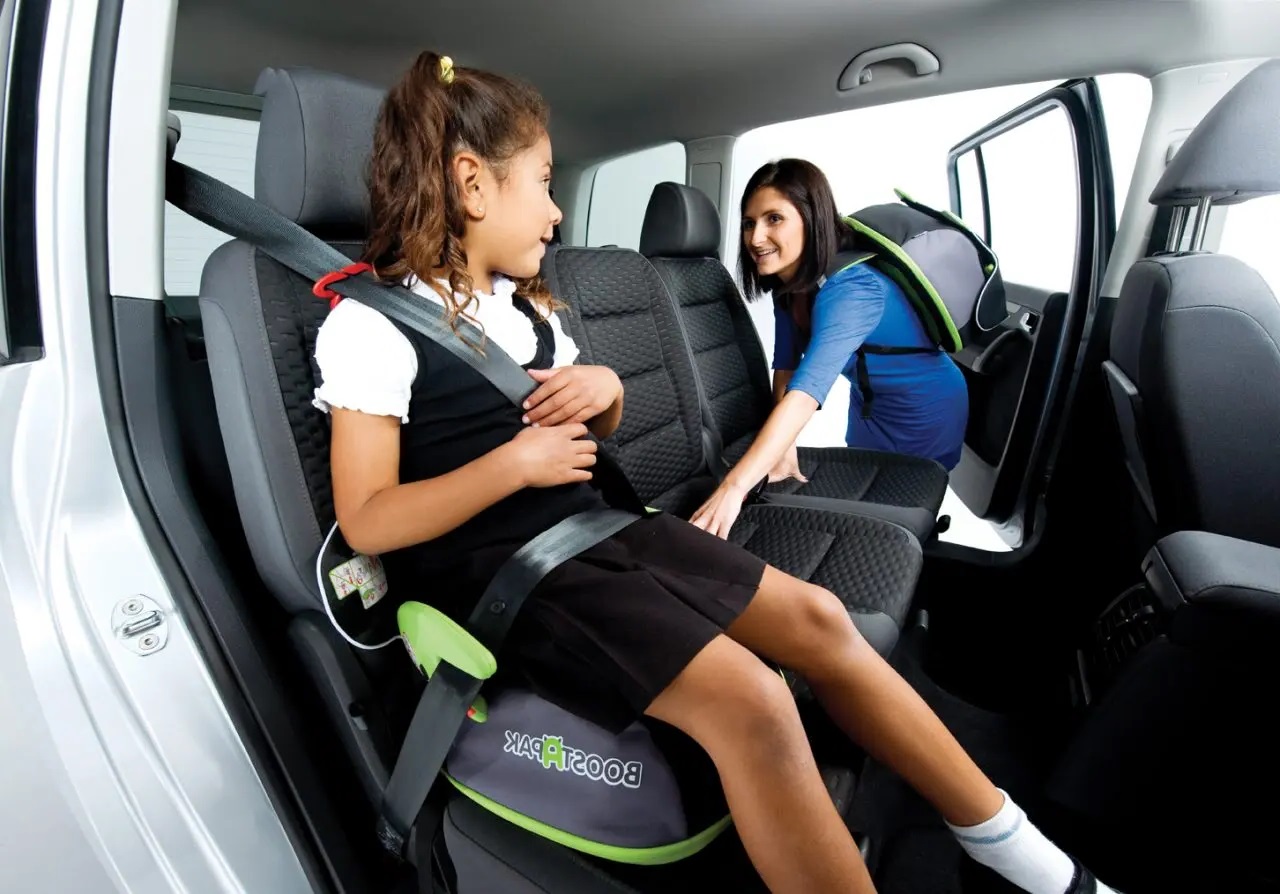

Child & Elderly Safety at Home
What Kind Of Booster Seat For A 5-Year-Old
Modified: March 2, 2024
Find the best booster seat for your 5-year-old to ensure child and elderly safety at home. Learn about the top options and make an informed choice.
(Many of the links in this article redirect to a specific reviewed product. Your purchase of these products through affiliate links helps to generate commission for Storables.com, at no extra cost. Learn more)
Introduction
Ensuring the safety of our little ones is a top priority for every parent or guardian. When it comes to traveling in a vehicle, the use of appropriate safety restraints is crucial to protect children from potential harm. Booster seats play a vital role in providing the necessary support and protection for young passengers, especially 5-year-olds who have outgrown their forward-facing car seats.
As children grow, their safety needs evolve, and transitioning from a car seat to a booster seat is a significant milestone. Booster seats are designed to elevate a child to the correct height, allowing the vehicle's seat belt to fit properly across their chest and lap. This ensures that in the event of a sudden stop or collision, the seat belt is positioned to provide optimal protection.
In this comprehensive guide, we will delve into the world of booster seats, exploring the different types available, the importance of selecting the right one for a 5-year-old, installation and usage tips, as well as essential safety guidelines. By the end of this article, you will have a clear understanding of the critical role booster seats play in safeguarding young passengers and the key factors to consider when choosing the most suitable option for your 5-year-old.
Let's embark on this journey to enhance our knowledge and ensure the safety and well-being of our precious little travelers.
Key Takeaways:
- Booster seats are crucial for 5-year-olds, ensuring proper seat belt positioning, mitigating injury risks, and providing comfort. They come in various types, so choose one that fits your child’s needs and vehicle compatibility.
- When selecting a booster seat, consider your child’s height and weight, vehicle compatibility, safety features, long-term versatility, and their personal preferences. Proper installation, correct positioning, and consistent usage are key for their safety.
Read more: What Kind Of Booster Seat For A 6-Year-Old
Importance of Booster Seats
Booster seats serve as a crucial link between the stage of using a forward-facing car seat and transitioning to sitting directly on the vehicle's seat. They are specifically designed to address the unique safety needs of children who have outgrown their forward-facing car seats but are not yet tall enough for the adult seat belt to fit them properly. The significance of booster seats cannot be overstated, as they play a pivotal role in ensuring the safety and protection of young passengers, particularly 5-year-olds, during car journeys.
Proper Positioning
One of the primary reasons booster seats are essential for 5-year-olds is to ensure that the vehicle's seat belt is positioned correctly across their bodies. Without a booster seat, the seat belt may rest too high on a child's stomach or neck, increasing the risk of injury in the event of a sudden stop or collision. By elevating the child to the appropriate height, booster seats enable the seat belt to fit snugly across their chest and lap, providing effective restraint and minimizing the potential for injury.
Mitigating Injury Risks
In the absence of a booster seat, 5-year-olds may be at a heightened risk of sustaining injuries in the event of a car accident. The improper positioning of the seat belt can lead to a range of injuries, including abdominal injuries, spinal trauma, and even head and neck injuries. Booster seats mitigate these risks by ensuring that the seat belt is positioned optimally to distribute the force of a crash across the strongest parts of the child's body, such as the hips and shoulders, reducing the likelihood of severe injury.
Enhanced Comfort and Support
Aside from safety considerations, booster seats also offer enhanced comfort and support for 5-year-olds during car journeys. The elevated seating position provides a better view of the surroundings, reducing potential discomfort from slouching or straining to see out of the window. Moreover, the padded design of booster seats contributes to a more comfortable ride, promoting a positive and enjoyable travel experience for young passengers.
Read more: What Booster Seat Is Best For 4-Year-Old
Legal Requirements
In many regions, the use of booster seats for 5-year-olds is not only a matter of safety but also a legal requirement. Adhering to these regulations is essential to avoid potential fines and, more importantly, to ensure the well-being of children during car travel. By understanding and complying with the legal obligations related to booster seat usage, parents and guardians demonstrate their commitment to prioritizing the safety of their young passengers.
In essence, the importance of booster seats for 5-year-olds cannot be overstated. From ensuring proper seat belt positioning and mitigating injury risks to providing enhanced comfort and complying with legal requirements, booster seats are indispensable tools for safeguarding young passengers during car journeys. It is imperative for parents and guardians to recognize the critical role of booster seats and prioritize their use to promote the safety and well-being of their 5-year-old travelers.
Types of Booster Seats
When it comes to selecting a booster seat for a 5-year-old, it's essential to understand the different types available to make an informed decision. Booster seats are generally categorized into two main types: high-back boosters and backless boosters. Each type offers distinct features and benefits, catering to the varying needs and preferences of young passengers and their caregivers.
High-Back Boosters
High-back boosters, as the name suggests, are equipped with a full backrest that provides support for the child's back and neck. These boosters offer a comprehensive seating solution, particularly suitable for vehicles with low seat backs or no headrests. The high backrest not only ensures proper positioning and support for the child but also provides added protection in the event of a side-impact collision. Additionally, high-back boosters often feature adjustable headrests and padded armrests, enhancing comfort and creating a secure and cozy seating environment for 5-year-olds.
Backless Boosters
In contrast, backless boosters are designed without a backrest, providing a more streamlined and portable seating option for older children. These boosters elevate the child to the appropriate height, allowing the vehicle's seat belt to fit correctly across their body. Backless boosters are particularly favored for their lightweight and compact design, making them convenient for travel and easy to transfer between vehicles. While they may not offer the same level of upper-body support as high-back boosters, backless boosters are equally effective in ensuring proper seat belt positioning and providing the necessary elevation for 5-year-olds to ride safely and comfortably.
Read more: What Booster Seat Is Best For 7-Year-Old
Combination Boosters
In addition to high-back and backless boosters, there are combination boosters that offer the flexibility of transitioning from a high-back to a backless configuration as the child grows. These versatile boosters provide an extended period of use, accommodating the changing needs of 5-year-olds as they progress in size and stature. Combination boosters often feature adjustable headrests, harness systems, and the ability to detach the backrest, offering a seamless transition from a full-featured high-back booster to a more streamlined backless booster.
All-in-One Boosters
Another option to consider is the all-in-one booster seat, which is designed to adapt to various stages of a child's growth, from toddlerhood to the transition to using the vehicle's seat belt directly. These comprehensive seats typically offer multiple configurations, including rear-facing, forward-facing, and booster modes, providing a long-term seating solution for 5-year-olds and beyond. All-in-one boosters are characterized by their versatility and longevity, making them a cost-effective and practical choice for parents and guardians seeking a single seat to accommodate their child's evolving safety needs.
In summary, the diverse range of booster seats, including high-back boosters, backless boosters, combination boosters, and all-in-one boosters, offers a spectrum of options to cater to the specific requirements of 5-year-old passengers. Understanding the features and benefits of each type empowers caregivers to make an informed choice, ensuring that the selected booster seat aligns with the child's safety, comfort, and long-term seating needs.
Choosing the Right Booster Seat for a 5-Year-Old
Selecting the right booster seat for a 5-year-old is a pivotal decision that directly impacts their safety and comfort during car journeys. Several key factors should be carefully considered to ensure that the chosen booster seat effectively meets the specific needs of the child and aligns with the vehicle's configuration. By taking these factors into account, parents and guardians can make an informed choice that prioritizes the well-being of their young passengers.
Child's Height and Weight
When choosing a booster seat for a 5-year-old, it is essential to consider the child's height and weight to ensure a proper fit. Different booster seats have varying height and weight requirements, and selecting one that aligns with the child's measurements is crucial for optimal safety and comfort. The booster seat's specifications should be carefully reviewed to determine if it can accommodate the child's current dimensions and provide adequate support.
Read more: How Old For Booster Seat In Illinois
Vehicle Compatibility
The vehicle in which the booster seat will be used plays a significant role in the selection process. Caregivers should assess the vehicle's seating configuration, including the presence of headrests and the type of seat belts, to determine the most suitable booster seat. For instance, high-back boosters are ideal for vehicles with low seat backs or no headrests, while backless boosters offer versatility in vehicles with ample head and back support.
Safety Features
Prioritizing safety features is paramount when choosing a booster seat for a 5-year-old. Look for booster seats that are equipped with side-impact protection, energy-absorbing foam, and reinforced construction to enhance the child's safety in the event of a collision. Additionally, adjustable headrests, padded armrests, and secure harness systems contribute to creating a secure and comfortable seating environment for young passengers.
Long-Term Versatility
Opting for a booster seat with long-term versatility can provide extended value for caregivers. Combination boosters and all-in-one boosters offer the flexibility to adapt to the child's growth, accommodating their evolving safety needs as they transition from a high-back configuration to a backless setup. This long-term adaptability ensures that the chosen booster seat can effectively serve the child beyond their 5-year-old milestone.
Personal Preferences
Considering the child's preferences, such as color and design, can contribute to their comfort and willingness to use the booster seat. Involving the child in the selection process, where feasible, can foster a sense of ownership and excitement about their new seating arrangement, promoting a positive and cooperative attitude towards using the booster seat during car journeys.
By carefully evaluating these factors and prioritizing the child's safety, comfort, and long-term usability, caregivers can confidently select the right booster seat for their 5-year-old. This thoughtful approach ensures that the chosen booster seat effectively addresses the specific needs of the child and contributes to a secure and enjoyable travel experience for young passengers.
Read more: How Old For Booster Seat In New Jersey?
Installation and Usage Tips
Proper installation and usage of a booster seat are paramount to ensure the safety and well-being of a 5-year-old passenger during car journeys. Caregivers must adhere to essential tips and guidelines to maximize the effectiveness of the booster seat and provide optimal protection for the child.
Secure Installation
When installing a booster seat, it is crucial to follow the manufacturer's instructions meticulously. Caregivers should ensure that the booster seat is securely anchored to the vehicle's seat, utilizing either the seat belt or the LATCH system, if applicable. The seat should remain stable and firmly positioned, minimizing the risk of displacement in the event of sudden movements or impacts.
Proper Positioning
The positioning of the booster seat within the vehicle is equally important. Caregivers should place the booster seat in the back seat, preferably in the middle, to maximize safety. If the vehicle is not equipped with a headrest in the middle seat, the booster seat can be placed behind the driver or front passenger, ensuring that it is secured away from airbags to prevent potential hazards.
Correct Harness Adjustment
For high-back boosters equipped with harness systems, caregivers must ensure that the harness is adjusted to fit the child snugly. The shoulder straps should be positioned at or slightly above the child's shoulders, with the chest clip at armpit level. This ensures that the harness provides optimal restraint and protection in the event of a collision.
Read more: What Is A Booster Seat
Seat Belt Positioning
In backless boosters and high-back boosters used without harness systems, caregivers should guide the vehicle's seat belt across the child's body correctly. The lap belt should rest low across the hips, not the stomach, and the shoulder belt should cross the chest without touching the neck or face. Ensuring proper seat belt positioning is essential to maximize the effectiveness of the booster seat in restraining the child during travel.
Consistent Usage
Consistency in using the booster seat is key to maintaining the child's safety. Caregivers should ensure that the 5-year-old always rides in the booster seat, whether for short trips or longer journeys. This practice instills a routine of safety and reinforces the importance of using appropriate restraints during car travel.
Regular Inspections
Regular inspections of the booster seat and its components are essential to identify any signs of wear, damage, or malfunction. Caregivers should routinely check the seat's integrity, including the harness, buckles, and padding, to ensure that all elements are in good condition and functioning as intended.
By adhering to these installation and usage tips, caregivers can optimize the safety and effectiveness of the booster seat, providing a secure and comfortable seating arrangement for 5-year-old passengers. Prioritizing proper installation, correct positioning, consistent usage, and regular inspections contributes to creating a safe and reliable travel environment for young passengers, promoting peace of mind for caregivers and a positive experience for the child.
Safety Guidelines for Booster Seats
Ensuring the proper use of booster seats is essential to maximize the safety and protection of 5-year-old passengers during car travel. Adhering to safety guidelines and best practices empowers caregivers to create a secure and reliable seating environment for young children. Here are comprehensive safety guidelines for booster seats:
Read more: What Are The Requirements For A Booster Seat
Regular Safety Checks
Regularly inspecting the booster seat and its components is crucial to identify any signs of wear, damage, or malfunction. Caregivers should examine the seat's integrity, including the harness, buckles, and padding, to ensure that all elements are in good condition and functioning as intended. Any indications of wear or damage should prompt immediate action, such as seeking repairs or replacing the booster seat to maintain optimal safety standards.
Age, Height, and Weight Considerations
Caregivers should adhere to the age, height, and weight recommendations specified by the booster seat's manufacturer. It is essential to ensure that the child meets the minimum requirements for using a booster seat and that the seat aligns with the child's current measurements. Following these guidelines ensures that the booster seat provides the necessary support and restraint for the child, optimizing their safety during car journeys.
Proper Seat Belt Positioning
In backless boosters and high-back boosters used without harness systems, caregivers should guide the vehicle's seat belt across the child's body correctly. The lap belt should rest low across the hips, not the stomach, and the shoulder belt should cross the chest without touching the neck or face. Ensuring proper seat belt positioning is essential to maximize the effectiveness of the booster seat in restraining the child during travel.
Consistent Usage
Consistency in using the booster seat is paramount to maintaining the child's safety. Caregivers should ensure that the 5-year-old always rides in the booster seat, whether for short trips or longer journeys. This practice instills a routine of safety and reinforces the importance of using appropriate restraints during car travel, promoting a culture of safety and responsibility.
Read more: How Old For Booster Seat In Illinois
Vehicle Compatibility
Caregivers should assess the vehicle's seating configuration, including the presence of headrests and the type of seat belts, to determine the most suitable booster seat. Understanding the compatibility between the booster seat and the vehicle ensures a secure and proper fit, minimizing the risk of potential hazards or inadequate restraint in the event of a collision.
By prioritizing these safety guidelines for booster seats, caregivers can uphold the highest standards of safety and protection for 5-year-old passengers. Consistent adherence to these guidelines fosters a secure and reliable travel environment, promoting peace of mind for caregivers and ensuring the well-being of young passengers during car journeys.
Conclusion
In conclusion, the safety and well-being of 5-year-old passengers during car travel are of paramount importance, and booster seats play a pivotal role in ensuring their protection. By understanding the significance of booster seats, exploring the different types available, and considering essential factors when choosing the right seat, caregivers can make informed decisions that prioritize the safety and comfort of young travelers.
The diverse range of booster seats, including high-back boosters, backless boosters, combination boosters, and all-in-one boosters, offers a spectrum of options to cater to the specific requirements of 5-year-old passengers. Each type presents unique features and benefits, empowering caregivers to select a booster seat that aligns with the child's safety, comfort, and long-term seating needs.
Furthermore, the installation and usage tips, along with the comprehensive safety guidelines, provide a framework for caregivers to create a secure and reliable seating environment for 5-year-old passengers. By prioritizing proper installation, correct positioning, consistent usage, and regular safety checks, caregivers can optimize the safety and effectiveness of the booster seat, promoting peace of mind and a positive travel experience for both the child and the caregiver.
Ultimately, the journey of selecting and utilizing a booster seat for a 5-year-old revolves around a shared commitment to prioritizing safety and well-being. By embracing this commitment and leveraging the knowledge and insights presented in this guide, caregivers can embark on car journeys with confidence, knowing that they have taken proactive steps to safeguard their precious young passengers.
As we conclude this comprehensive guide, let us reaffirm our dedication to ensuring the safety and protection of 5-year-old travelers. By embracing the role of informed and proactive caregivers, we contribute to creating a culture of safety, responsibility, and care, fostering a positive and secure travel environment for our young adventurers.
Frequently Asked Questions about What Kind Of Booster Seat For A 5-Year-Old
Was this page helpful?
At Storables.com, we guarantee accurate and reliable information. Our content, validated by Expert Board Contributors, is crafted following stringent Editorial Policies. We're committed to providing you with well-researched, expert-backed insights for all your informational needs.

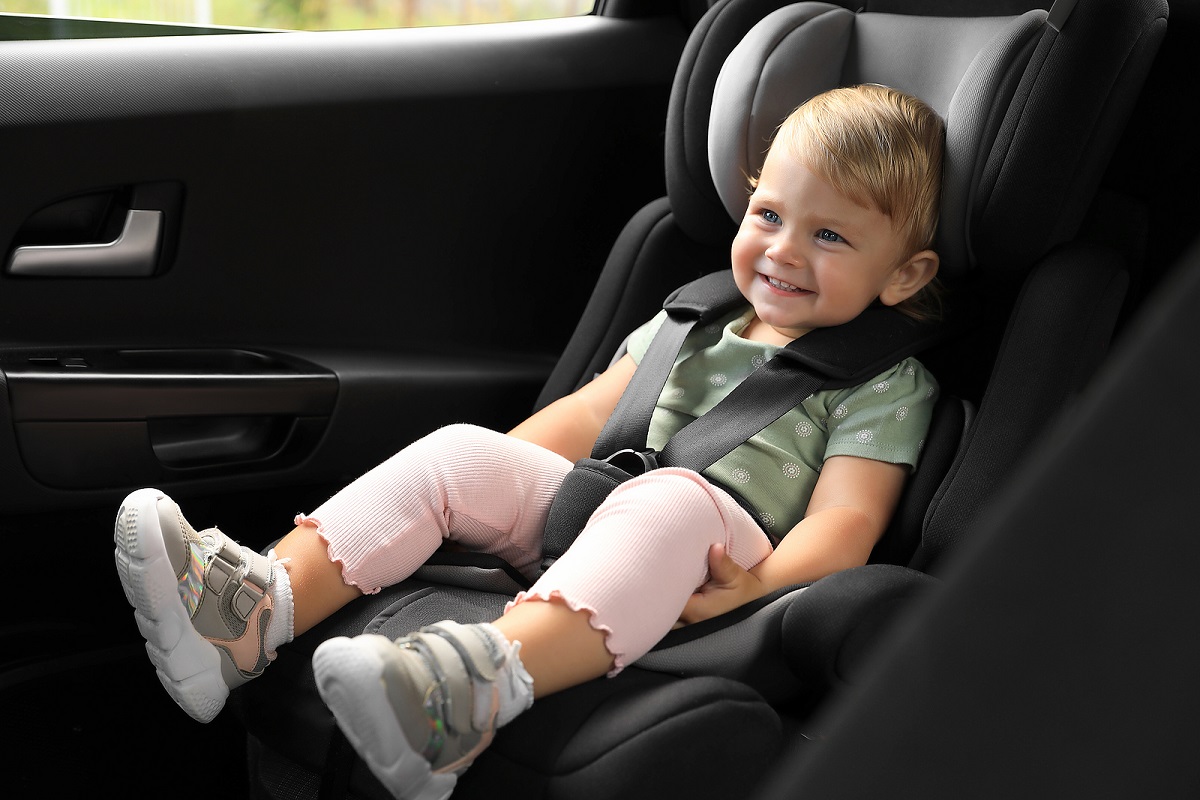
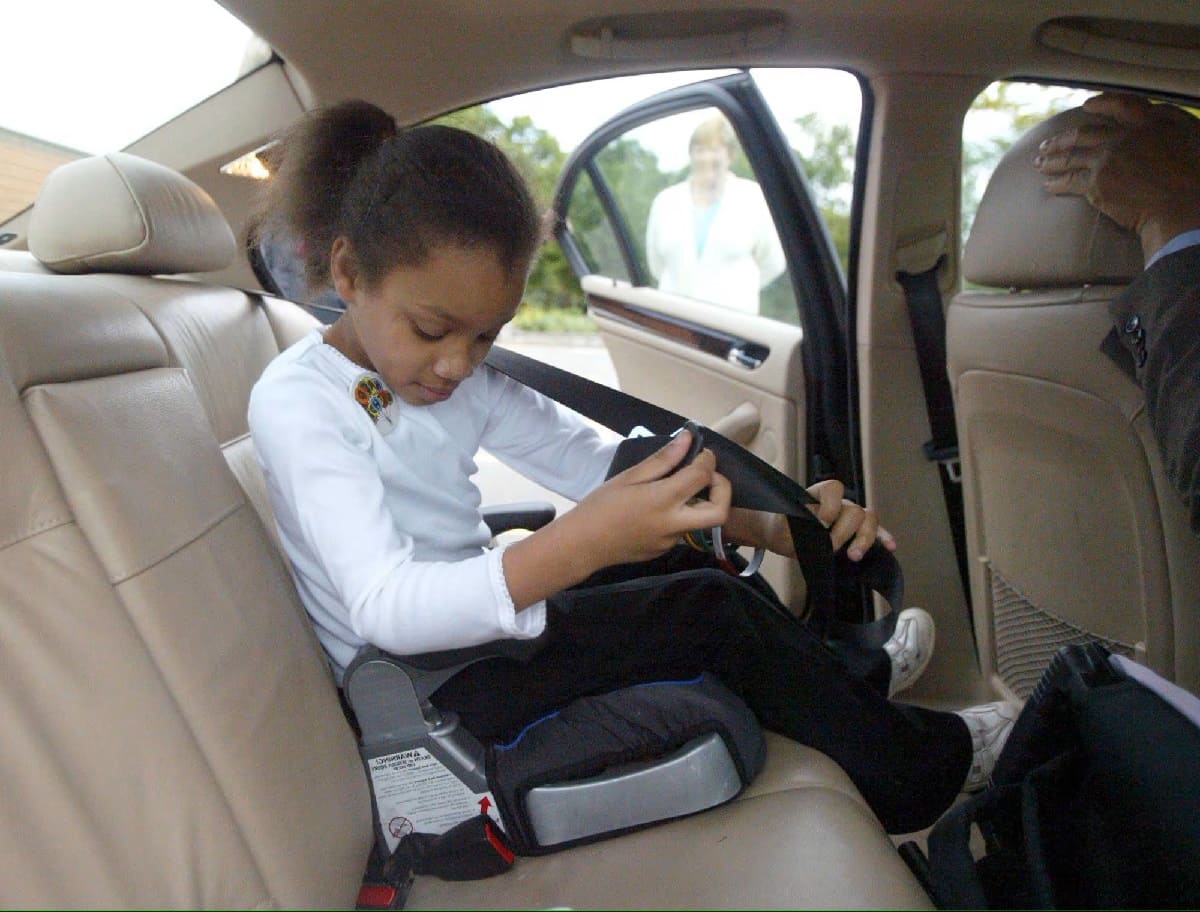
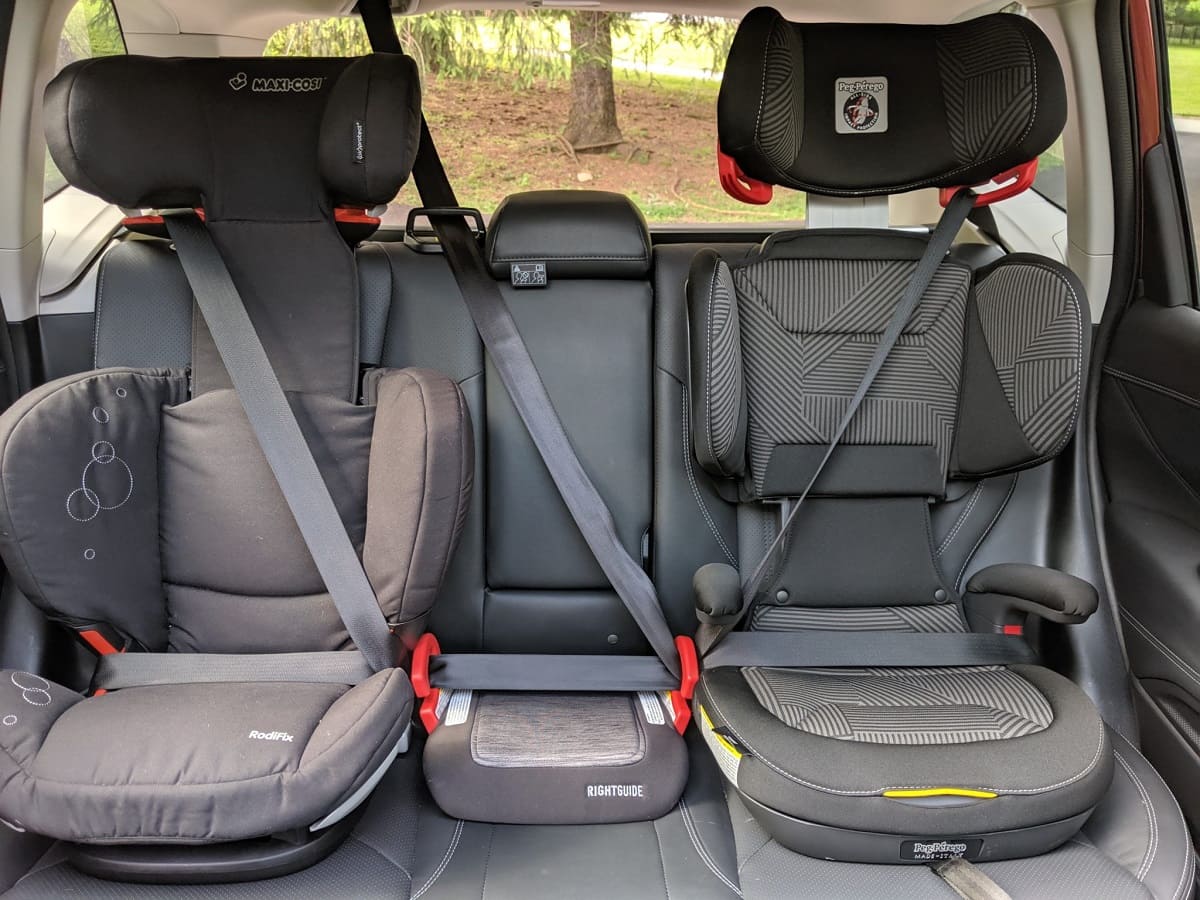
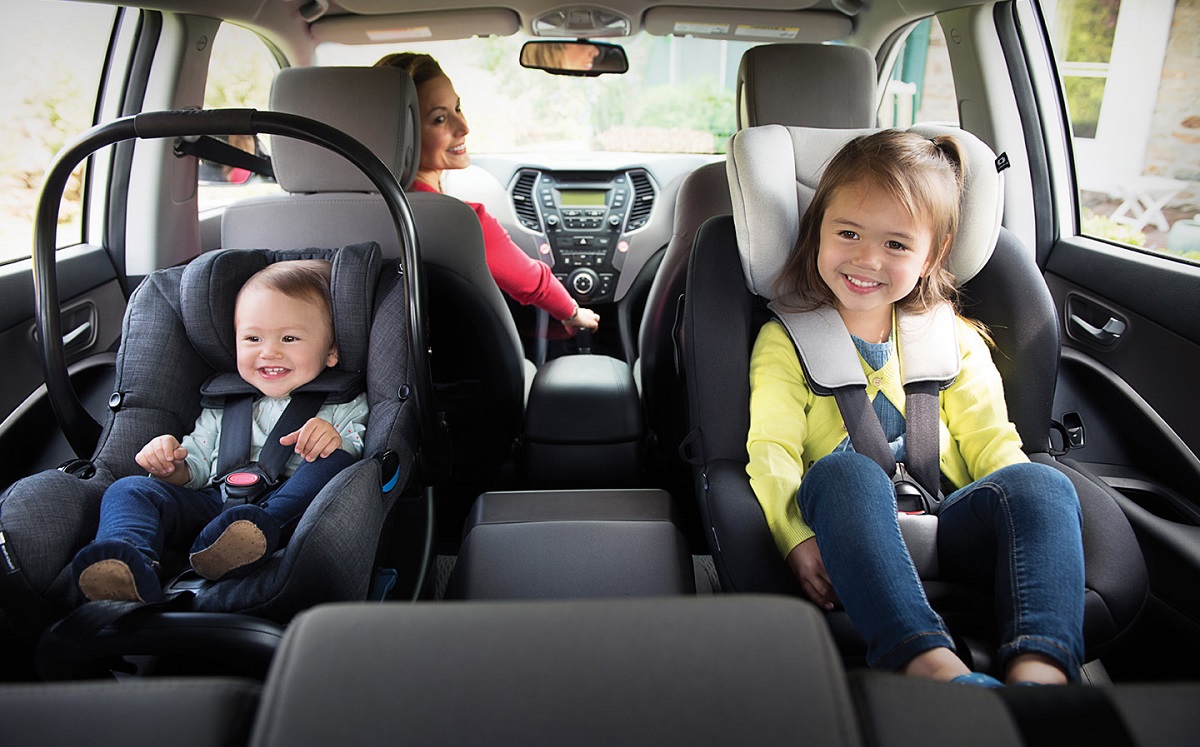
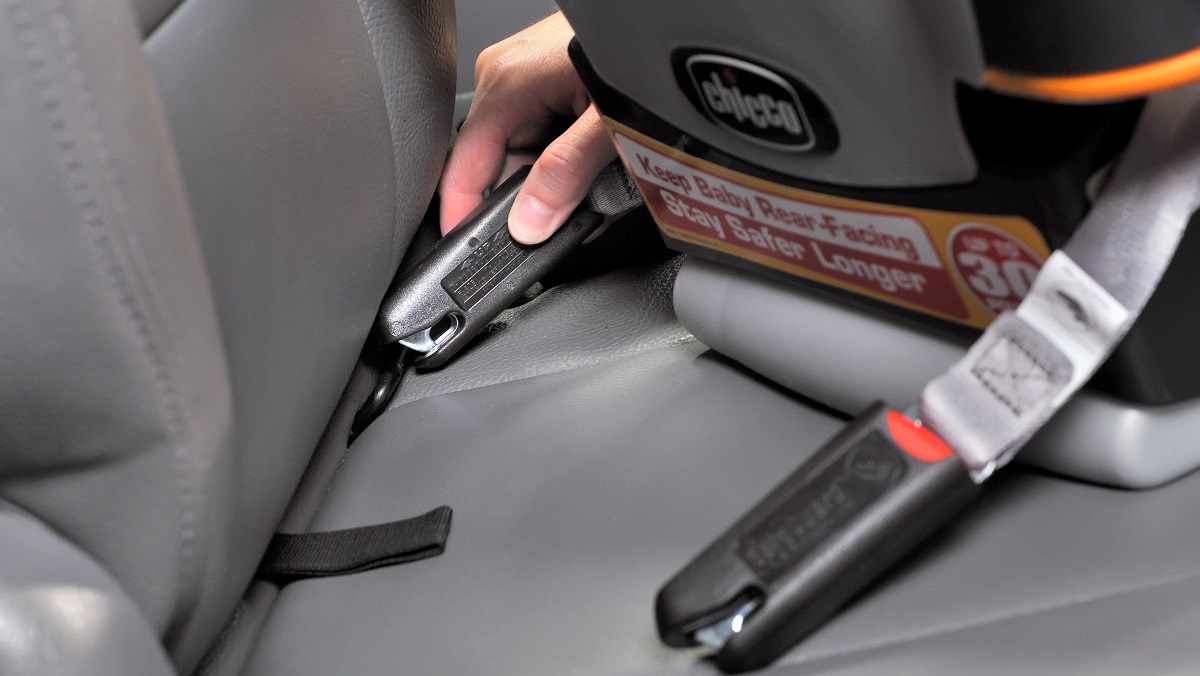
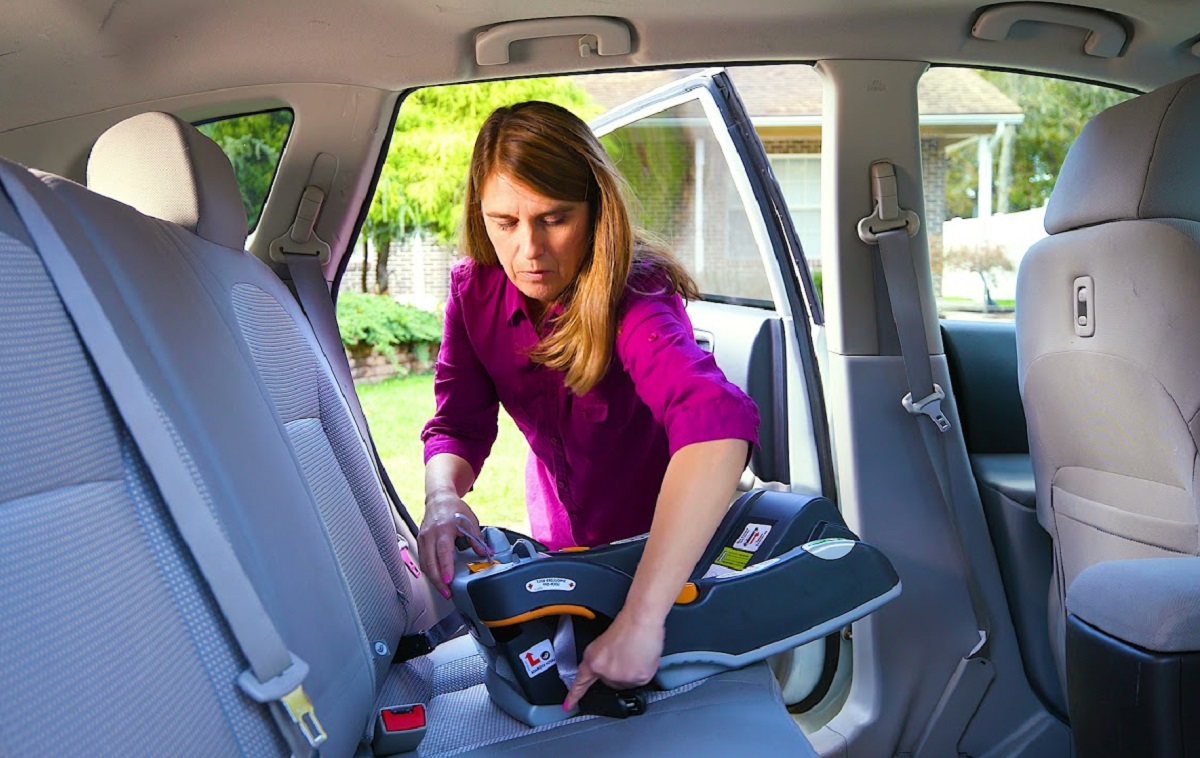
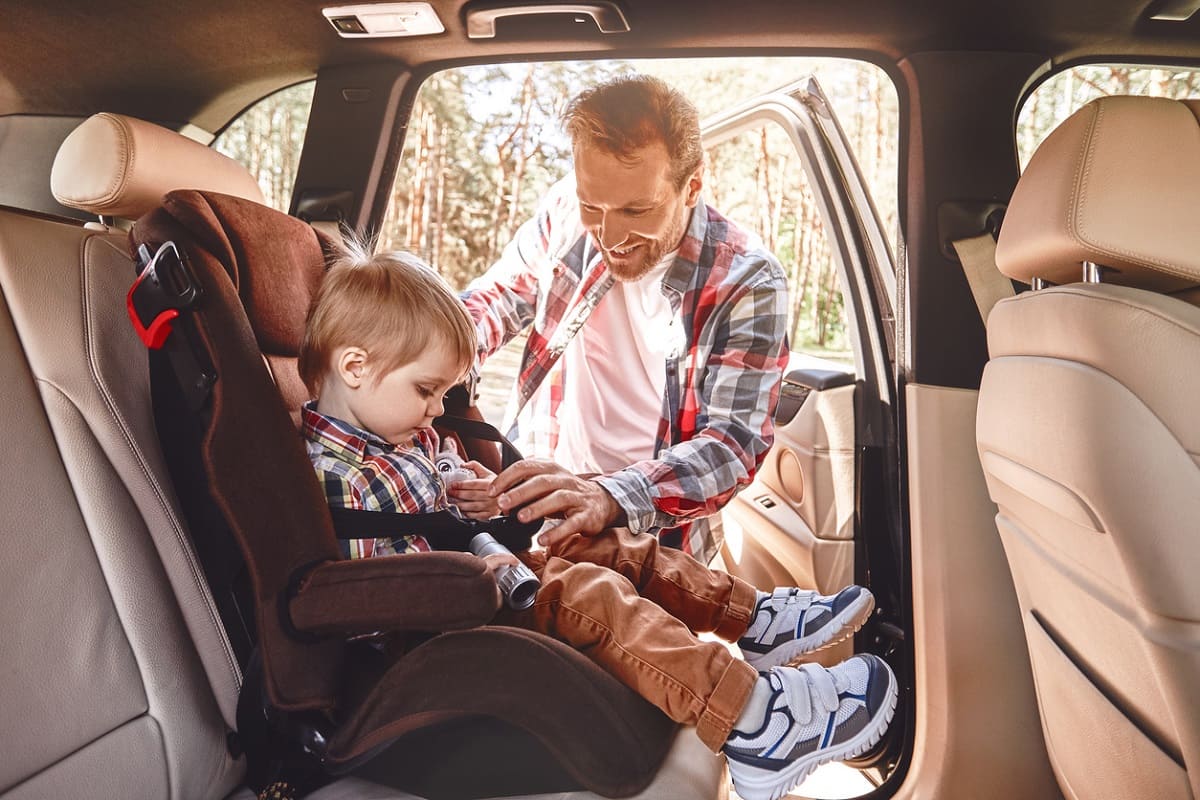

0 thoughts on “What Kind Of Booster Seat For A 5-Year-Old”